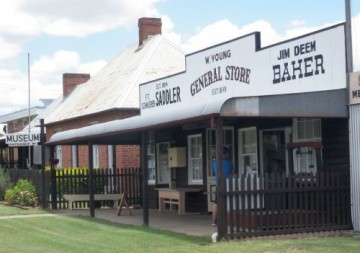Even though all living lungfishes now exist only on continents in the Southern Hemisphere, they used to be found (millions of years ago) on all continents and proliferated during the Devonian Period or the so-called “Age of Fishes” (~400 million years ago).
While returning from a dive venture to the southern Great Barrier Reef (GBR) area (amazing!!), I made a side-trip to one of my personal fish “bucket-list” places (in addition to the GBR) – the Burnett River, home to one of the most curious of fishes – the Australian, or more properly, Queensland lungfish (Neoceratodus forsteri). First, a bit of history.
Lungfishes consist of six living species (there are more than 100 species described from fossils); one lives in the Amazon, Paraguay, and Paraná rivers of South America (the South American lungfish), four live in Africa (the African lungfishes), and one is native to two river systems in southeastern Queensland, Australia (hence the common name).
Even though all living lungfishes now exist only on continents in the Southern Hemisphere, they used to be found (millions of years ago) on all continents and proliferated during the Devonian Period or the so-called “Age of Fishes” (~400 million years ago). This is why existing lungfishes are often referred to as “living fossils” – they are remnants of an ancient lineage and appear to have changed little since the Devonian. Despite (or because of?) their antiquity, lungfishes are highly specialized and, as their name implies, have a lung (or lungs) that allow them to breath air. In fact, some of the African lungfishes can live for months, breathing air, in mud “cocoons” during the dry season. Here is a really cool video.
Anyway, I visited Gayndah (of Aboriginal origin and meaning “thunder” or “place of scrub”), Australia, on the banks of the Burnett River to see the local Gayndah Historical Museum and its display on the lungfish. Here, a delightful docent, Cynthia, described the lungfish and the efforts of the community to celebrate and educate the public on its local fish celebrity – a job well done in my opinion!

Gayndah Historical Museum, Gayndah, QLD, Australia
The Queensland lungfish also exists in the nearby Mary River, but has been successfully transplanted to several other areas in Queensland to try and “spread the risk” of extinction owing to habitat loss or degradation and I am happy to report it is doing reasonably well. As a side note, Gayndah suffered through a terrible flood from the Burnett River in 2013 that swamped the museum to a depth of almost 2 m! Lots of new habitat (temporarily) for the lungfish, but not so great for the human inhabitants of the area. It is remarkable how quickly the area of recovered at least to the eyes of this visitor.
The Queensland lungfish is a truly special animal – it is remarkably well-adapted to its environment (where oxygen levels in the water can get quite low during the summer months) and is part of a lineage of vertebrates that goes back almost half a billion years! The fact that lungfishes once existed worldwide, but now are restricted to a tiny portion of their former range speaks volumes about how the Earth (and Australia) has changed over that time!
Photo credits: [thumbnail] by Flickr user Ian Sutton http://bit.ly/1u4CFzy
[banner & body] Rick Taylor
